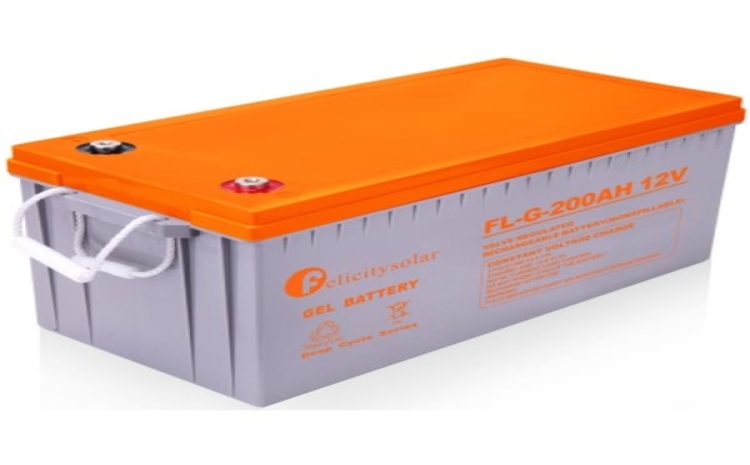
A gel battery is a valve regulated, maintenance free, lead acid battery. Gel batteries are extremely robust and versatile. These type of batteries produce few fumes and can be used in places without much ventilation.
How does a gel battery work?
A gel battery is a valve regulated, lead acid battery in which a pre-determined quantity of an electrolyte, together with sulphuric acid is combined with silica fumes. This chemical reaction results in an immobile, gel like mass giving these batteries their name. The gel batteries are virtually maintenance free as they uses one-way open valves that allow the internal gasses to recombine into water, hence removing any need to check to top up distilled water or monitor water level. Gel batteries are extremely robust and versatile. They are safe to be installed in places where ventilation is limited, due to fact that they have a very low (virtually zero) gas/fumes production, which means you can even install the batteries inside your home.
Carefully select the right charge controller for your gel batteries
Special consideration should be given when selecting chargers for gel batteries as they get charged at lower voltages. Over voltage can lead to failure and reduced performance. Sometimes the term GEL cell is commonly referred to sealed, maintenance free batteries and marked as a setting on charge controllers. This can be confusing and may lead to the wrong selection of chargers or incorrect settings while charging. In case of using other charging methods like alternators, proper regulators must be installed to keep control over charging voltage. General charging voltage range of batteries is 14.0 volts to 14.2 volts, and float voltage range is 13.1 volts to 13.3 volts.
Advantages of Gel batteries
Gel Batteries are becoming increasingly popular for solar systems due to the following reasons:
- Best suited for Deep cycle applications and their life is generally in the 500 to 5000 cycles range
- Maintenance-free
- Spill-proof
- Minimal corrosion therefore compatible with sensitive electronic equipment
- Rugged and vibration-resistant
- Very safe as less risk of sulphuric acid burns
- Lowest cost-per-month (cost/months of life)
- Lowest cost-per-cycle (cost/life cycles).
Disadvantages of Gel batteries
- High initial cost
- In case of overcharging water cannot be refilled.
- Special chargers and regulators are required.
- Hot temperatures can affect adversely acid can turn the gel hard and may shrink away from plates.
Do not confuse AGM batteries with GEL batteries. These days AGM batteries are often mistaken for Gel batteries due to their numerous similarities.
Both are recombinant – meaning that the oxygen produced on the positive plate is absorbed by the negative plate. Now instead of producing hydrogen, the negative plate produces water, thus maintaining the water content in the battery. This is the reason why AGM and Gel batteries are valve regulated, sealed, spill-proof, maintenance-free, resistant to vibration and can be installed in any position. The striking difference between the two is that of the electrolyte. Electrolyte being used in Gel batteries has the look of jelly whereas the AGM batteries have electrolyte absorbed in glass mat like separators. Due to the properties of electrolyte used in gel batteries the battery loses power fast at temperatures below 32 degrees F whereas AGM batteries work efficiently in cold temperatures.
Finally, gel batteries are best suited for deep discharge as they are more acid starved, protecting plates better compared to AGM batteries.
The AGM's are more compatible where a high current is required.
Do you have an interest on the battery BUY NOW
